SOURCE: RAUNAK KUNDE / NEWS BEAT / IDRW.ORG
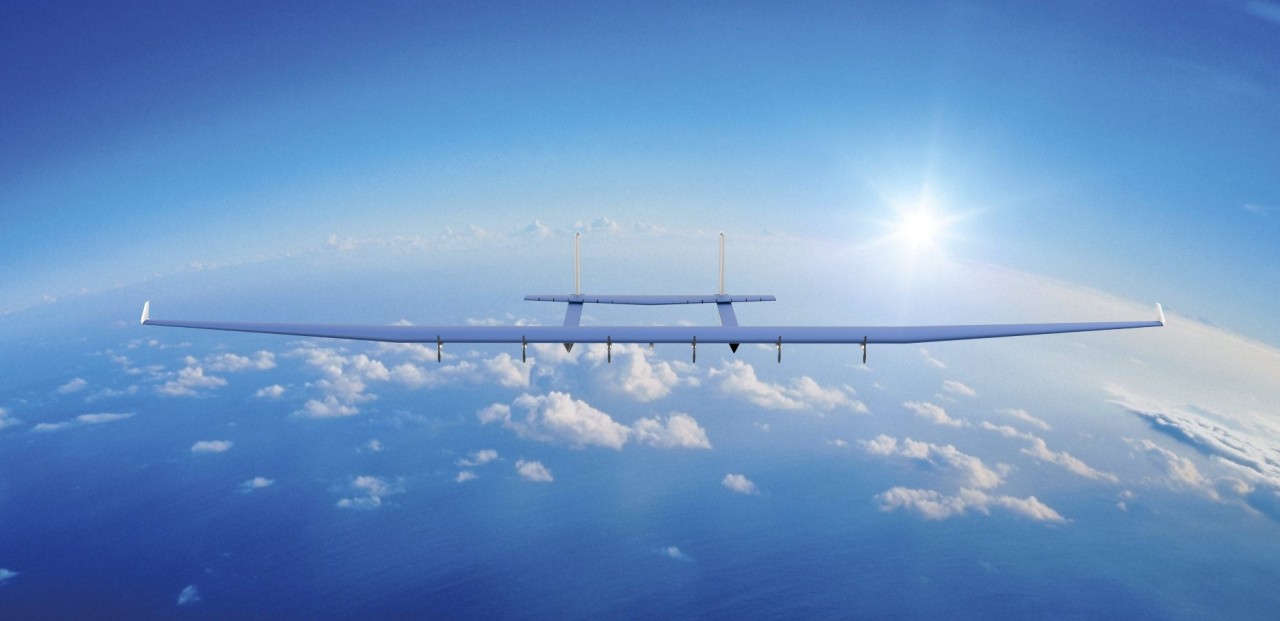
Defence and engineering giant Larsen & Toubro (L&T) has unveiled ambitious plans to develop its own High-Altitude Platform (HAP), a revolutionary technology capable of staying airborne for a staggering 12 months using solar power.
This announcement marks a significant step forward in India’s quest for indigenous aerospace solutions and holds immense potential for various applications across diverse sectors.
Continue readingSOURCE: IDRW.ORG TEAM.
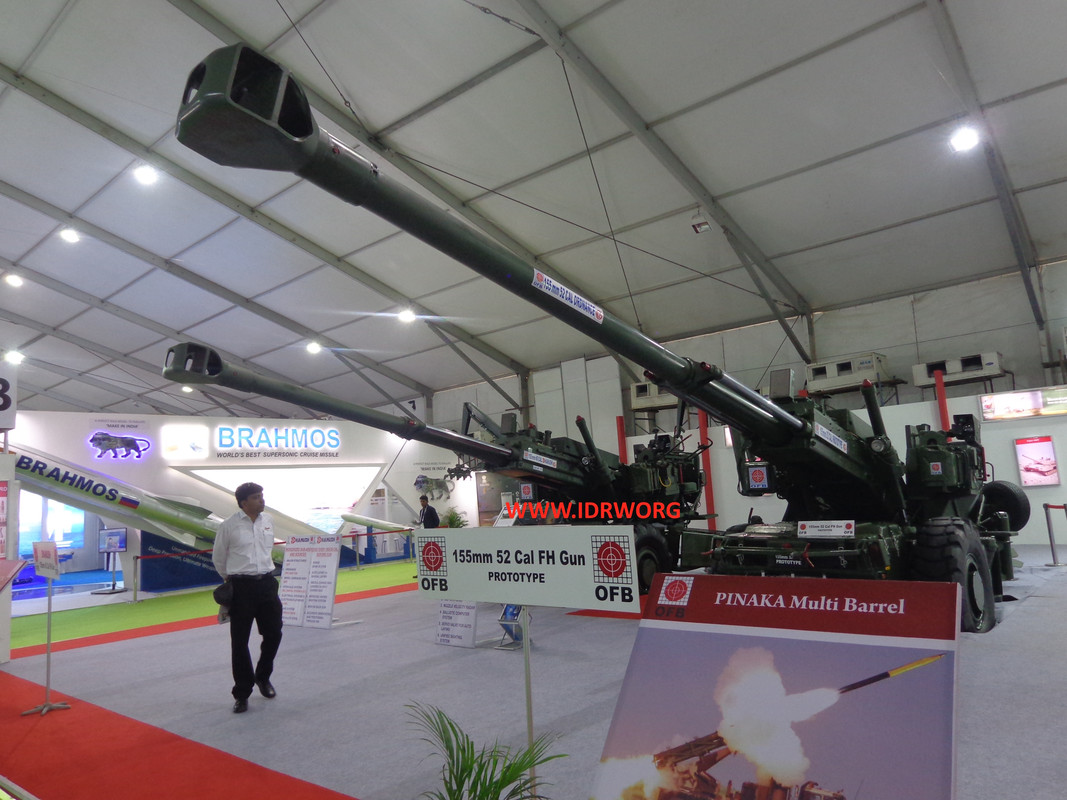
The Indian Army’s quest for a modern 155mm/52 caliber Towed Gun System (TGS) has taken a significant step forward with the release of Acceptance of Necessity (AoN) details. This opens the door for domestic and potentially international players to offer their solutions, potentially shaping the future of Indian artillery.
The 15-ton weight limit on the TGS has sparked a heated competition among Indian defense manufacturers. Here’s a closer look at potential contenders:
Continue readingSOURCE: IDRW.ORG TEAM.

The Defence Research and Development Organisation (DRDO) is nearing completion of their electric jetpack prototype, with military trials just on the horizon. However, the developers aren’t resting on their laurels. They’re actively exploring ways to extend the current 20-minute flight range to a more impressive two hours.
Unlike the British company’s jetpack which relies on a micro gas turbine, DRDO’s approach is electric, utilizing battery-powered Electric Ducted Fans (EDFs). These EDFs are essentially self-contained propulsion units that combine a multi-bladed fan, a powerful electric motor, and a surrounding shroud.
Continue readingSOURCE: RAUNAK KUNDE / NEWS BEAT / IDRW.ORG
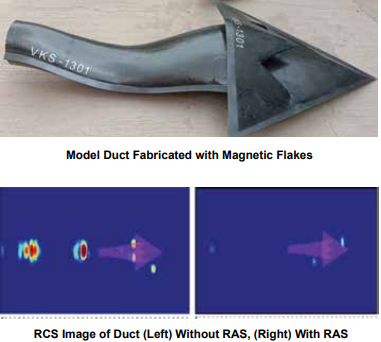
The Defence Research and Development Organisation’s (DRDO) Aeronautical Development Establishment (ADE) has revealed a model duct fabricated with magnetic flakes for its upcoming Remotely Piloted Strike Aircraft (RPSA). This image shows the duct, along with Radar Cross Section (RCS) images of the duct with and without Radar Absorbing Material (RAS).
The RPSA is a 10-13 tonne drone, comparable to strike fighters in its capacity to carry heavy weaponry such as bombs, rockets, and missiles. Because they are remotely controlled, they can be built lighter and stealthier, allowing them to undertake even the riskiest missions.’
Continue readingSOURCE: RAUNAK KUNDE / NEWS BEAT / IDRW.ORG
The Indian Navy is set to bolster its defences against aerial threats with the phased deployment of the Naval Anti-Drone System (NADS) across its frontline warships. This announcement comes after Admiral R Hari Kumar, Chief of the Naval Staff, revealed the initiative during a media interaction onboard INS Sandhayak after its commissioning.
Developed by the Defence Research and Development Organisation (DRDO) and manufactured by Bharat Electronics Limited (BEL), NADS represents a significant milestone in India’s Atmanirbhar Bharat (self-reliance) initiative. It is the first indigenously developed anti-drone system inducted into the Indian Armed Forces, a testament to the collaborative efforts of multiple BEL units and DRDO labs across the country.
Continue readingSOURCE: RAUNAK KUNDE / NEWS BEAT / IDRW.ORG

The Indian Air Force (IAF) is aiming for the heavens, with a proposed name change reflecting its ambitious plans to become the Indian Air and Space Force (IASF). This significant move signals a strategic shift beyond the skies, as the IAF seeks to expand its capabilities and play a leading role in the burgeoning domain of space warfare.
The IASF moniker embodies the IAF’s aspirations to transcend its traditional aerial role and embrace the complexities of space warfare. This transformation envisions training dedicated space elements, deploying cutting-edge anti-satellite (ASAT) weapons, and developing a diverse arsenal of counter-space capabilities.
Continue readingSOURCE: IDRW.ORG TEAM.

The Indian Army has taken a significant leap forward in high-altitude surveillance with the successful patenting of a “Hexacopter Tactical Remotely Piloted Aircraft for Surveillance at High Altitude Areas (HAA).” This innovative technology, developed by the Army Design Group, promises to revolutionize battlefield awareness and empower commanders with real-time intelligence in some of the world’s most challenging terrain.
Designed specifically for the harsh conditions of high-altitude regions, the hexacopter boasts several unique features:
Continue readingSOURCE: IDRW.ORG TEAM.

Indian-manufactured 155mm artillery shells have once again been spotted in use by Ukrainian forces, this time in a video showcasing Caesar self-propelled artillery systems firing them. This raises questions about India’s neutrality in the ongoing conflict, as the government has officially denied directly supplying weapons to either side.
The shells in question are the 155MM HE ERFB BB, produced by Munitions India Limited (MIL). They are known for their extended range and accuracy, and Ukrainian troops have reportedly praised their “superior quality.”
Continue readingSOURCE: RAUNAK KUNDE / NEWS BEAT / IDRW.ORG
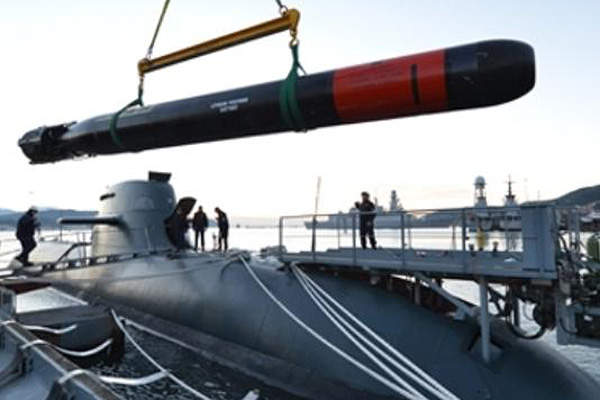
The Indian Navy is preparing to launch a global tender for the acquisition of 48 heavyweight torpedoes, aiming to finally equip its Kalvari-class submarines with this crucial weapon system. This comes after two previous attempts at procuring these torpedoes were cancelled due to various issues.
The Kalvari-class submarines, built with French advanced technology, were initially configured to use Italian Black Shark heavyweight torpedoes. However, the deal fell through due to the VVIP chopper scam involving the parent company of the Italian manufacturer. Subsequently, France offered its own F21 torpedoes, but this proposal also did not materialize. This left the Kalvari submarines reliant on older Russian heavyweight torpedoes, hindering their full operational potential.
Continue readingSOURCE: RAUNAK KUNDE / NEWS BEAT / IDRW.ORG

India’s National Aerospace Laboratories (NAL) is soaring high with its High-Altitude Pseudo Satellite (HAPS) project, recently completing successful flight tests of a subscale model. This innovative platform holds promise for various applications, including communication, surveillance, and environmental monitoring.
From January 23rd to February 2nd, NAL conducted extensive test flights at DRDO’s Aeronautical Test Range in Karnataka. The 12-meter wingspan subscale model, weighing just 22 kg, completed 22 sorties and logged a total of 37 flight hours.
Continue readingSOURCE: RAUNAK KUNDE / NEWS BEAT / IDRW.ORG

In the wake of the Ukraine war and recognizing the evolving needs of modern warfare, India is planning a significant upgrade to its fleet of 1450 Russian T-90 Main Battle Tanks (MBTs). This upgrade aims to address two key areas: increased armour protection and enhanced firepower. To accommodate these advancements and the additional weight they may bring, the Indian Army is exploring a powerful new engine – the DRDO-developed DATRAN 1500hp.
The ongoing conflict in Ukraine has served as a stark reminder of the importance of robust tank Armour and firepower in modern battlefields. Witnessing the performance of the T-90s in the war, the Indian Army seeks to equip its fleet with improved Armour and next-generation weaponry to ensure their effectiveness in diverse terrains and against evolving threats.
Continue readingSOURCE: IDRW.ORG TEAM
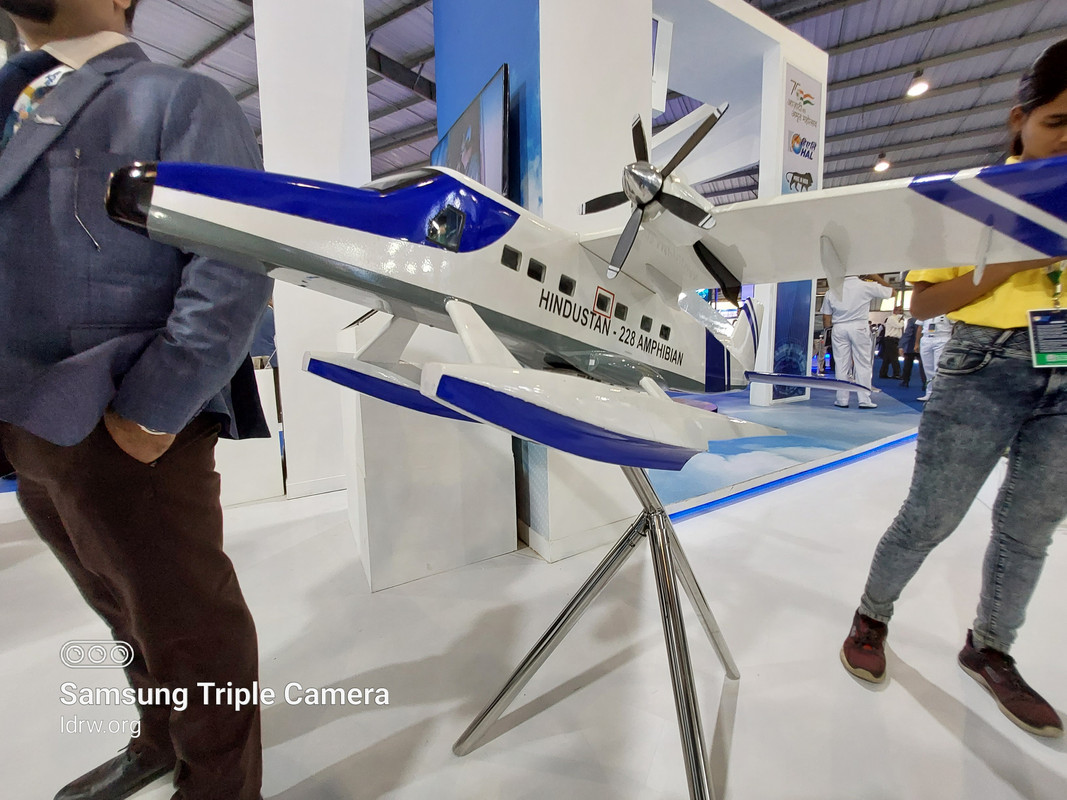
Hindustan Aeronautics Limited (HAL), India’s state-owned aerospace and defense giant, has set its sights on a new horizon: the Hindustan 228 Amphibian. This ambitious project aims to develop a civilian variant of the Dornier Do-228 seaplane, addressing the need for efficient connectivity between India’s mainland and its island chains.
India boasts a vast coastline dotted with strategically important islands, including the Andamans and Nicobars in the Bay of Bengal and the Lakshadweep islands in the Arabian Sea. However, accessing these islands often presents logistical challenges, with travel options mainly limited to ships and helicopters. The Hindustan 228 Amphibian has the potential to revolutionize island connectivity, offering a faster, more weather-independent, and cost-effective solution.
Continue readingSOURCE: IDRW.ORG TEAM
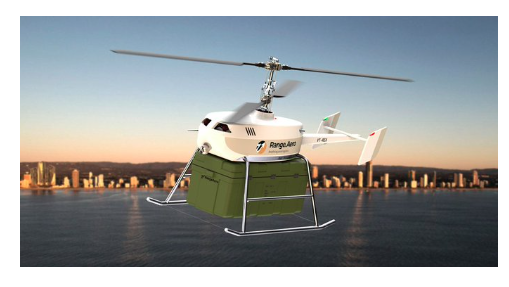
Range Aero, a Bengaluru-based drone startup, has set its sights on revolutionizing short-haul logistics with the unveiling of the Jestar Logistics drone. This autonomous freight helicopter promises to transform how goods are delivered, particularly in remote or challenging environments.
Jestar boasts an impressive range of 200 kilometers and a payload capacity of 150 kilograms, making it well-suited for various applications. Imagine delivering essential supplies to disaster-stricken areas, transporting medical equipment to remote villages, or efficiently restocking inventory in inaccessible locations – the Jestar’s capabilities open up a world of possibilities.
Continue readingSOURCE: RAUNAK KUNDE / NEWS BEAT / IDRW.ORG
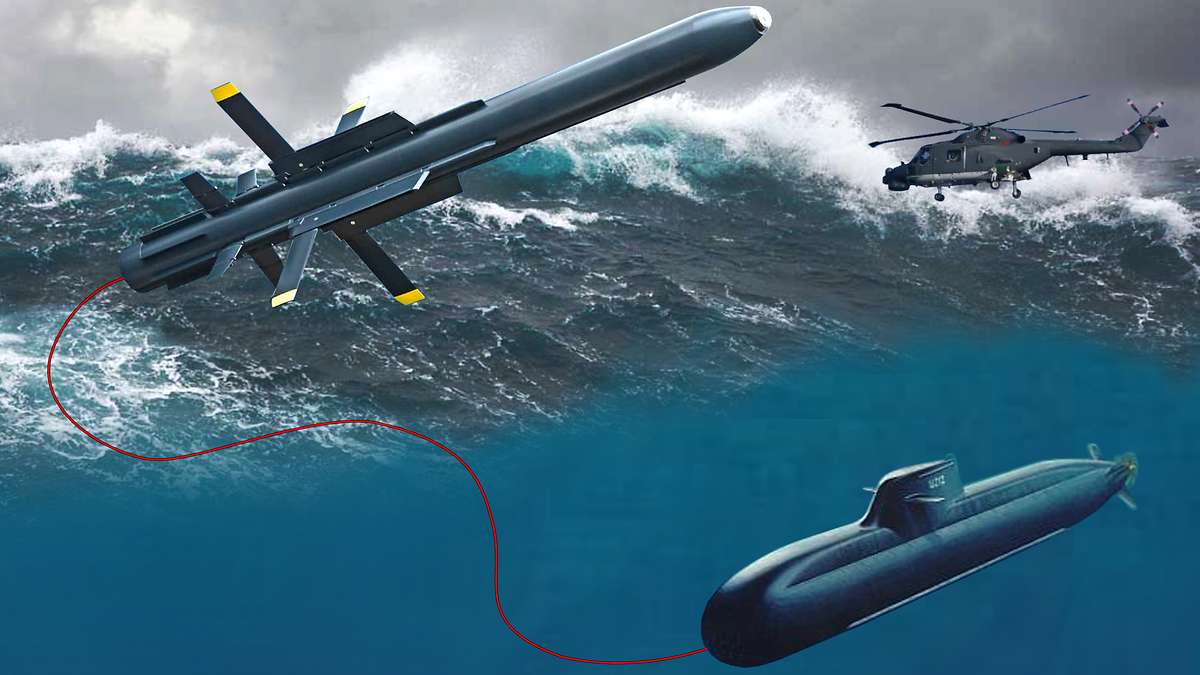
German defence giant ThyssenKrupp Marine Systems (TKMS) has presented India with a potentially groundbreaking offer: the HDW 212A submarine equipped with the cutting-edge IDAS anti-air missile system. This marks a significant development in submarine technology, raising questions about its potential impact on the future of underwater warfare.
The HDW 212A, if acquired by India, would be the first conventional diesel submarine armed with an anti-air defence system. This system, the IDAS (Interactive Defence and Attack System for Submarines), is currently under development but showcases innovative features.
Continue readingSOURCE: RAUNAK KUNDE / NEWS BEAT / IDRW.ORG
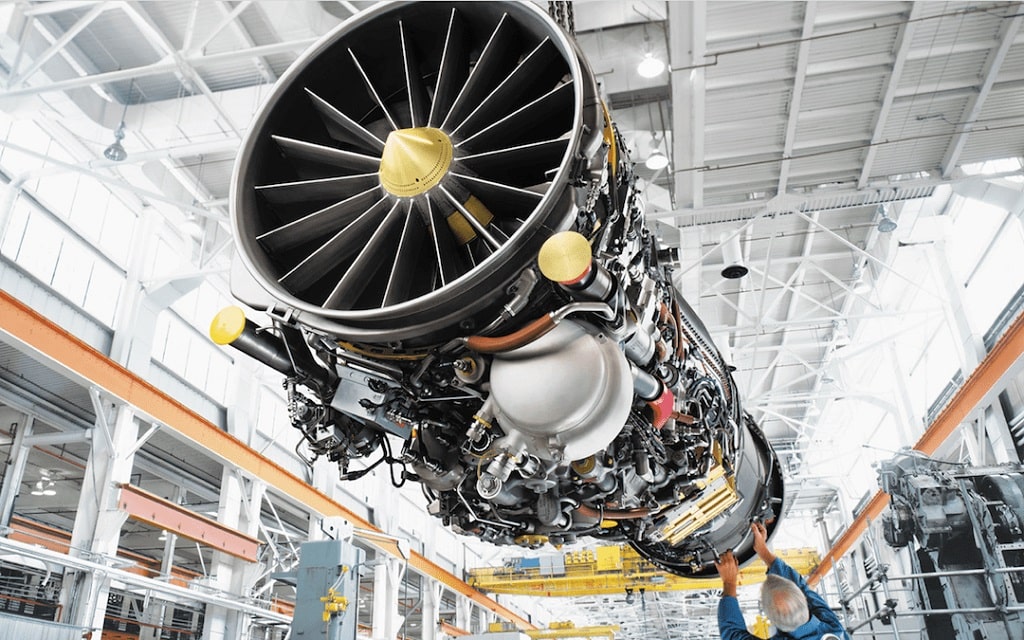
After an 18-month hiatus due to order shortfalls, GE Aerospace is roaring back with F404-GE-IN20 engine deliveries for India’s LCA-Tejas Mk1A program. Whispers also suggest an even bigger commitment: the Indian Air Force (IAF) mulls an additional 97 Mk1A jets, beyond the 83 already contracted.
This surge in demand has sparked a potential partnership between GE and India. Sources reveal plans to establish a GE Aerospace subsidiary in the country, specifically for maintaining these engines. The goal? Independent engine upkeep, separate from state-owned HAL’s F-414 engine manufacturing activities.
Continue reading